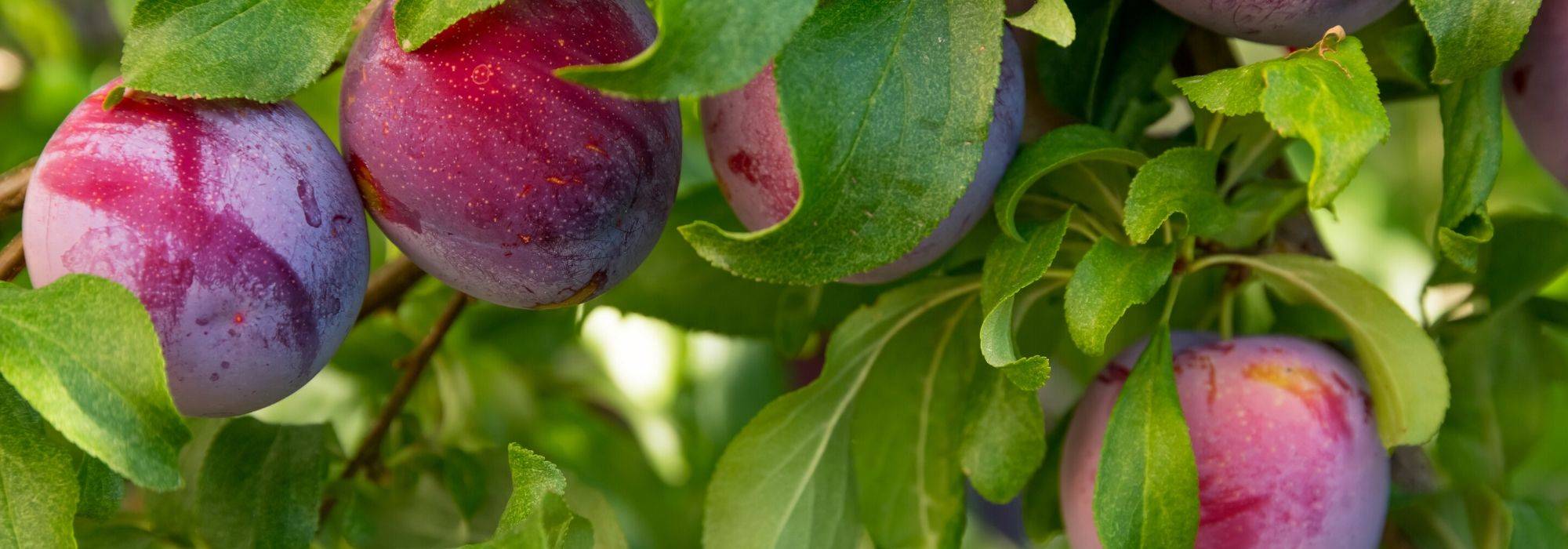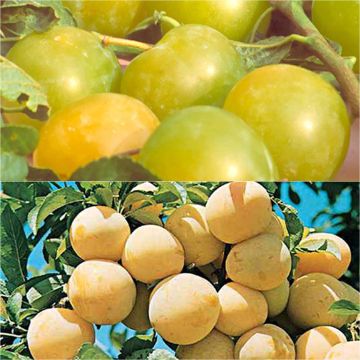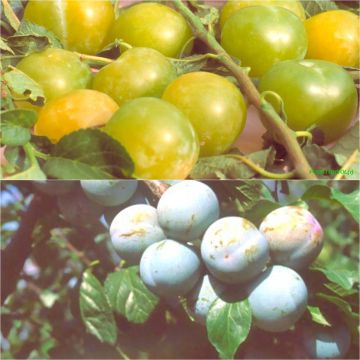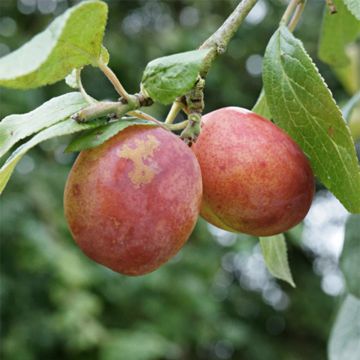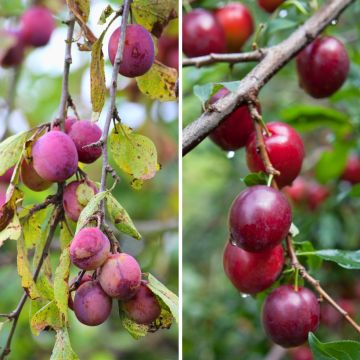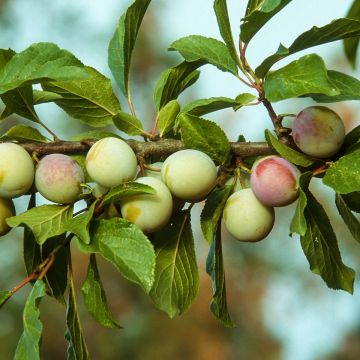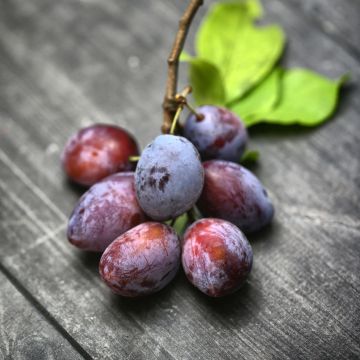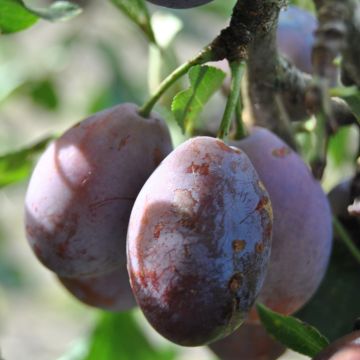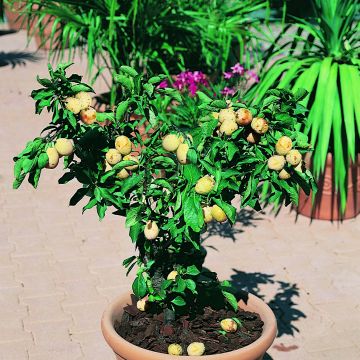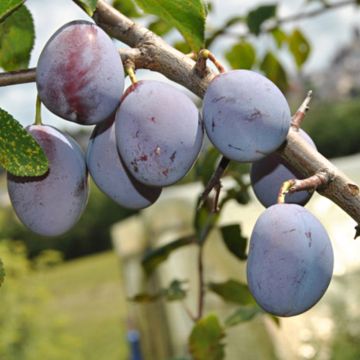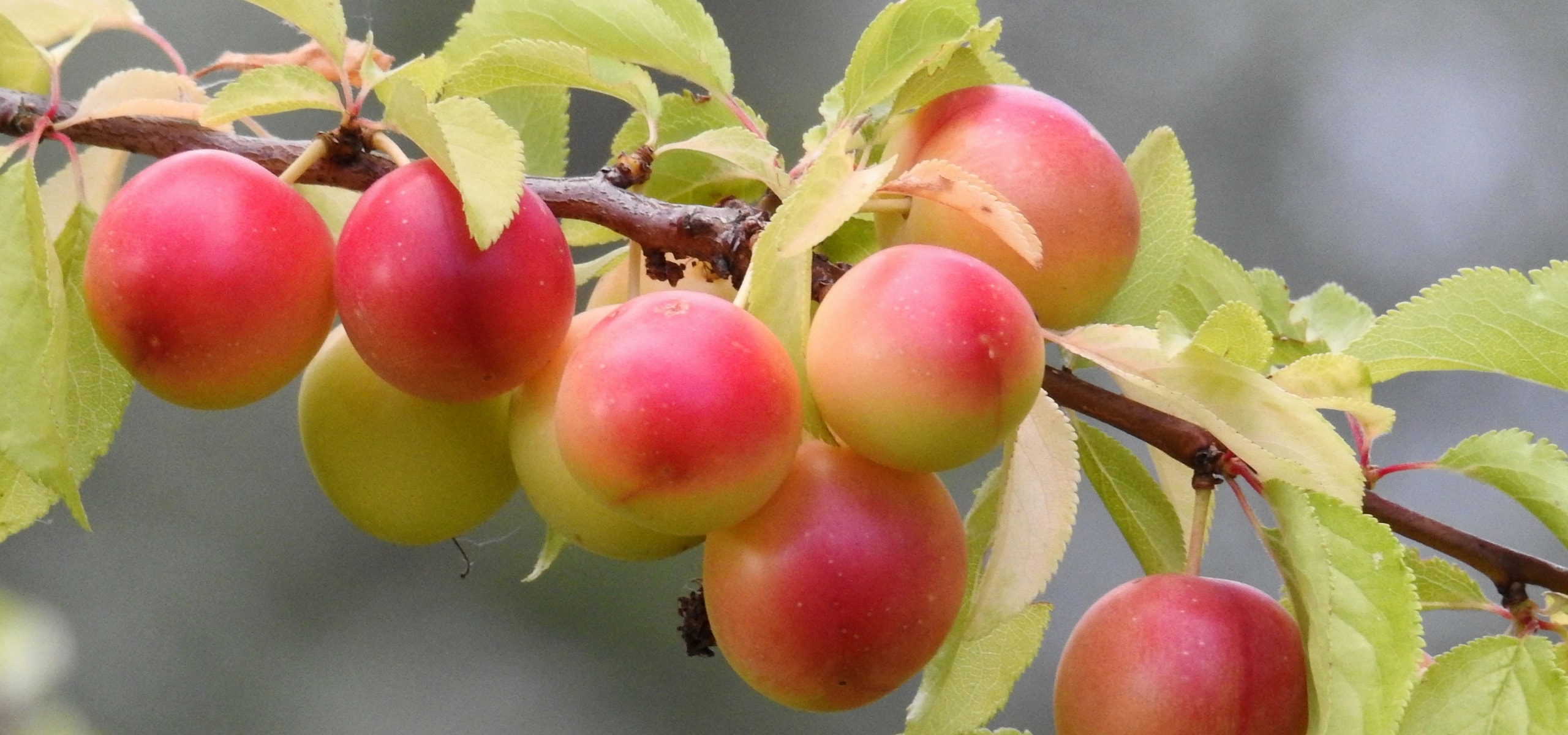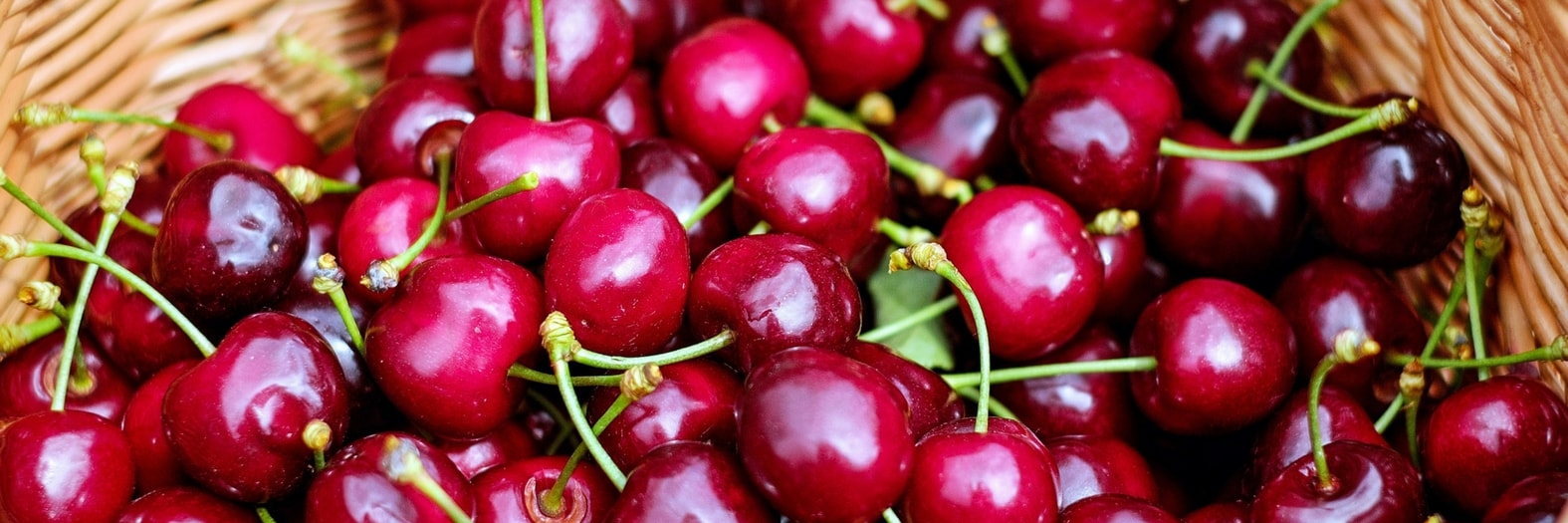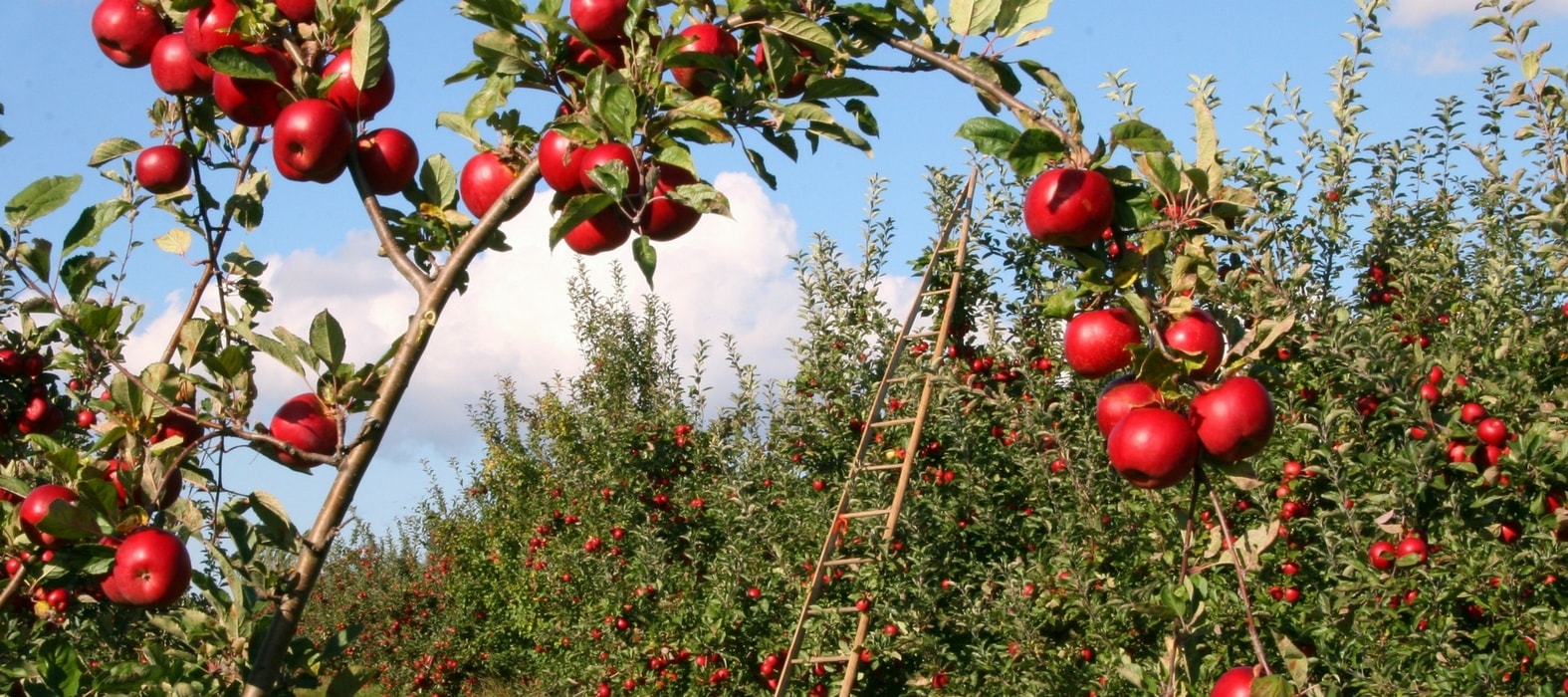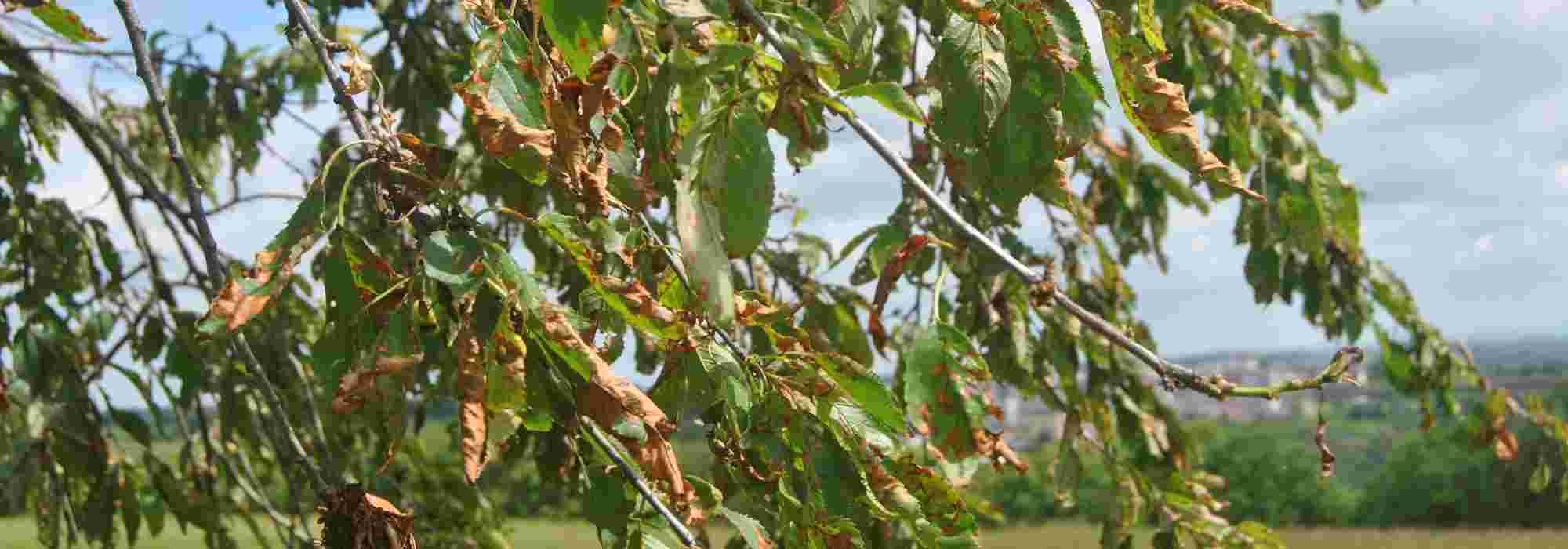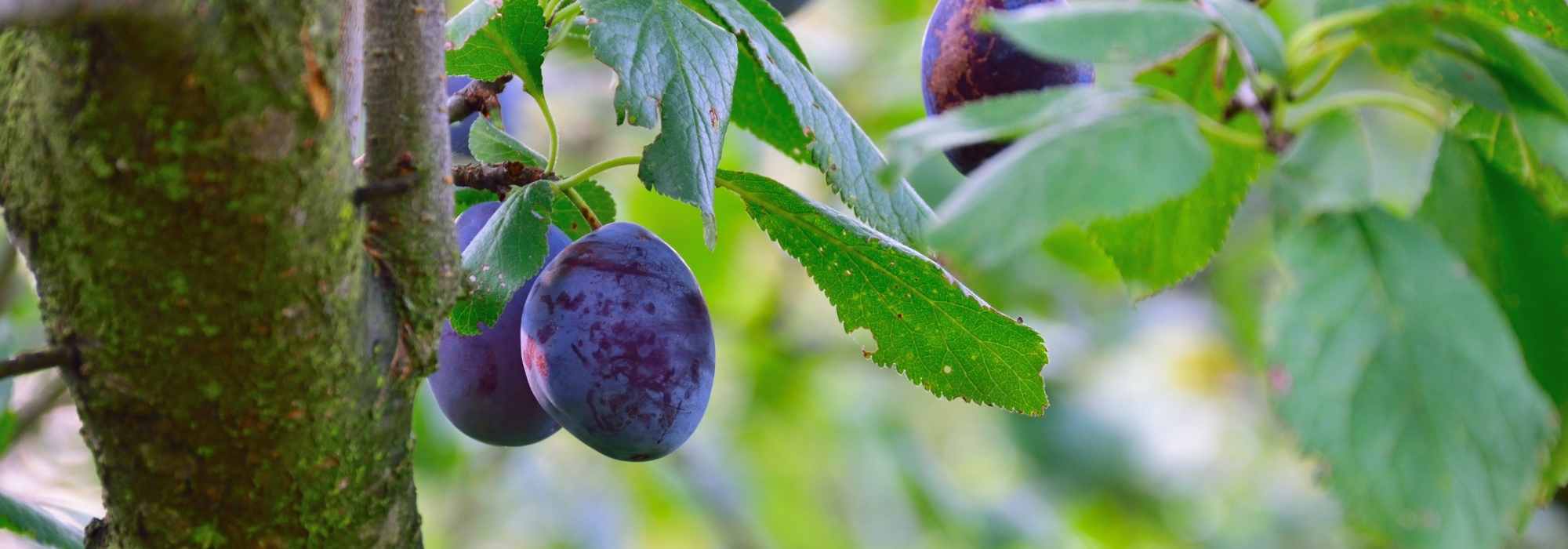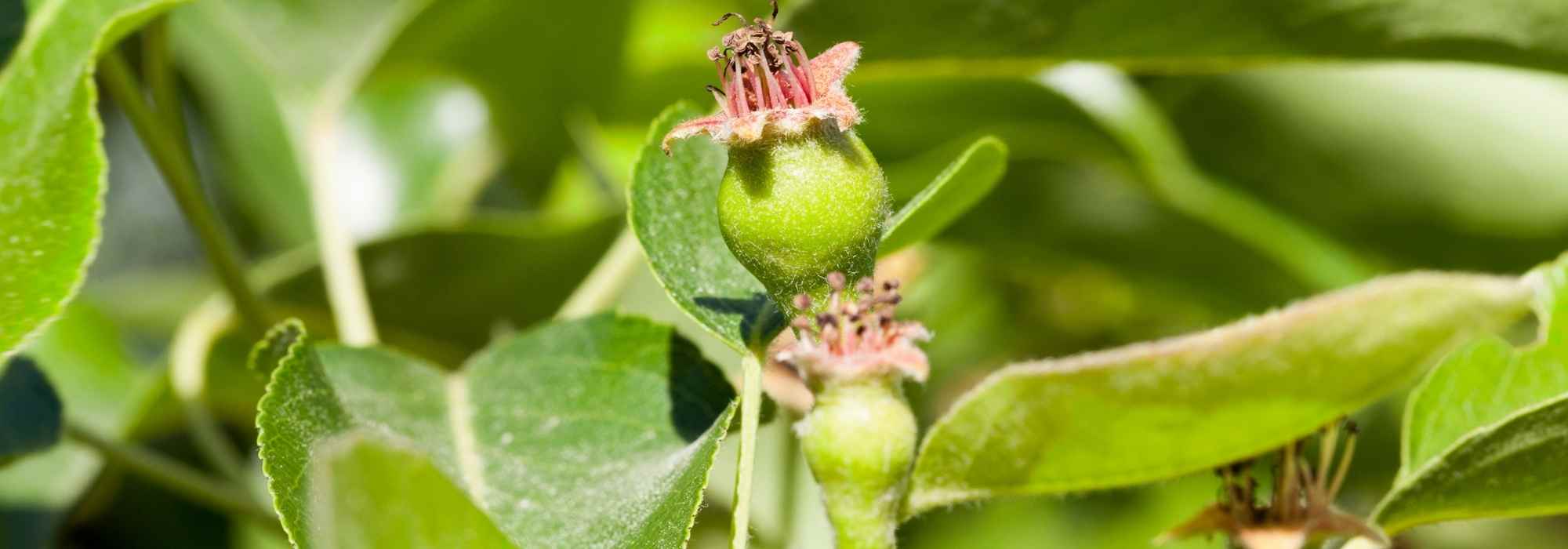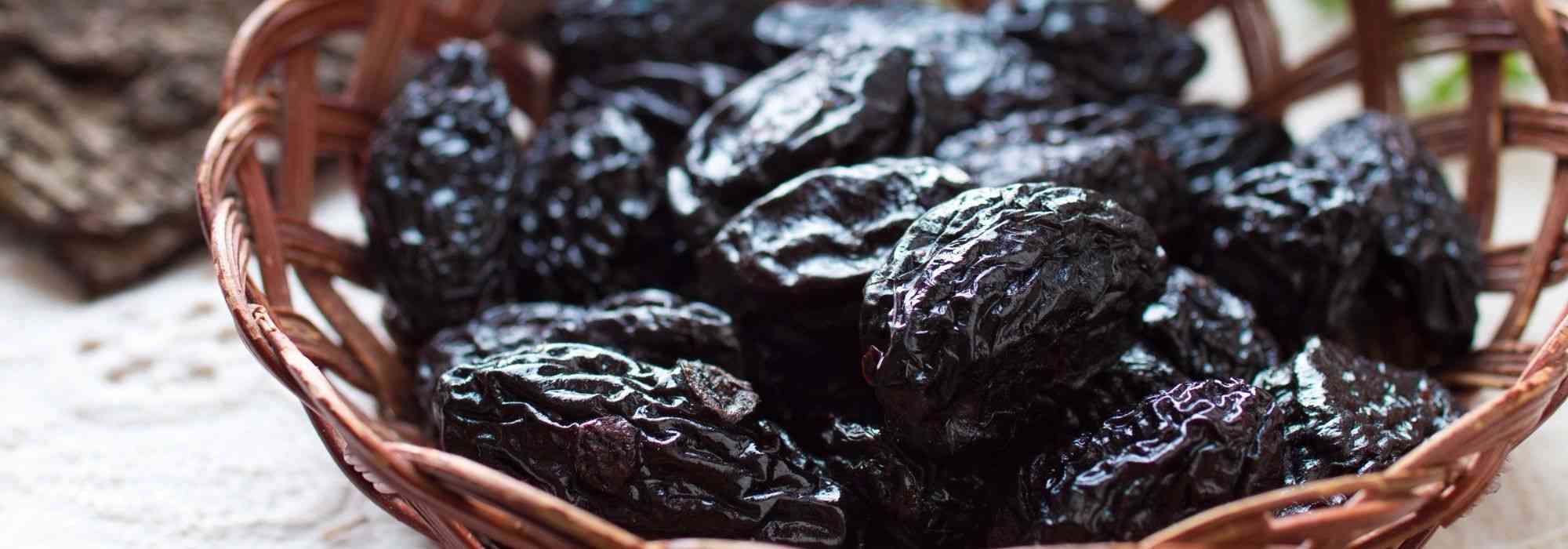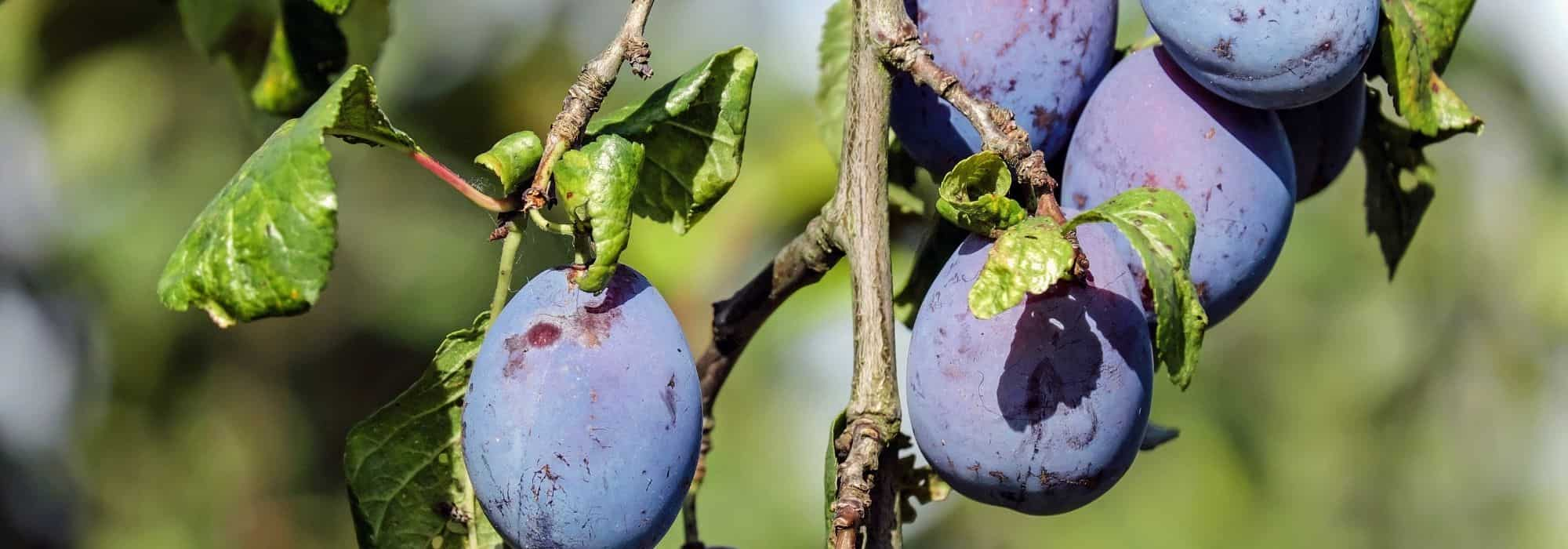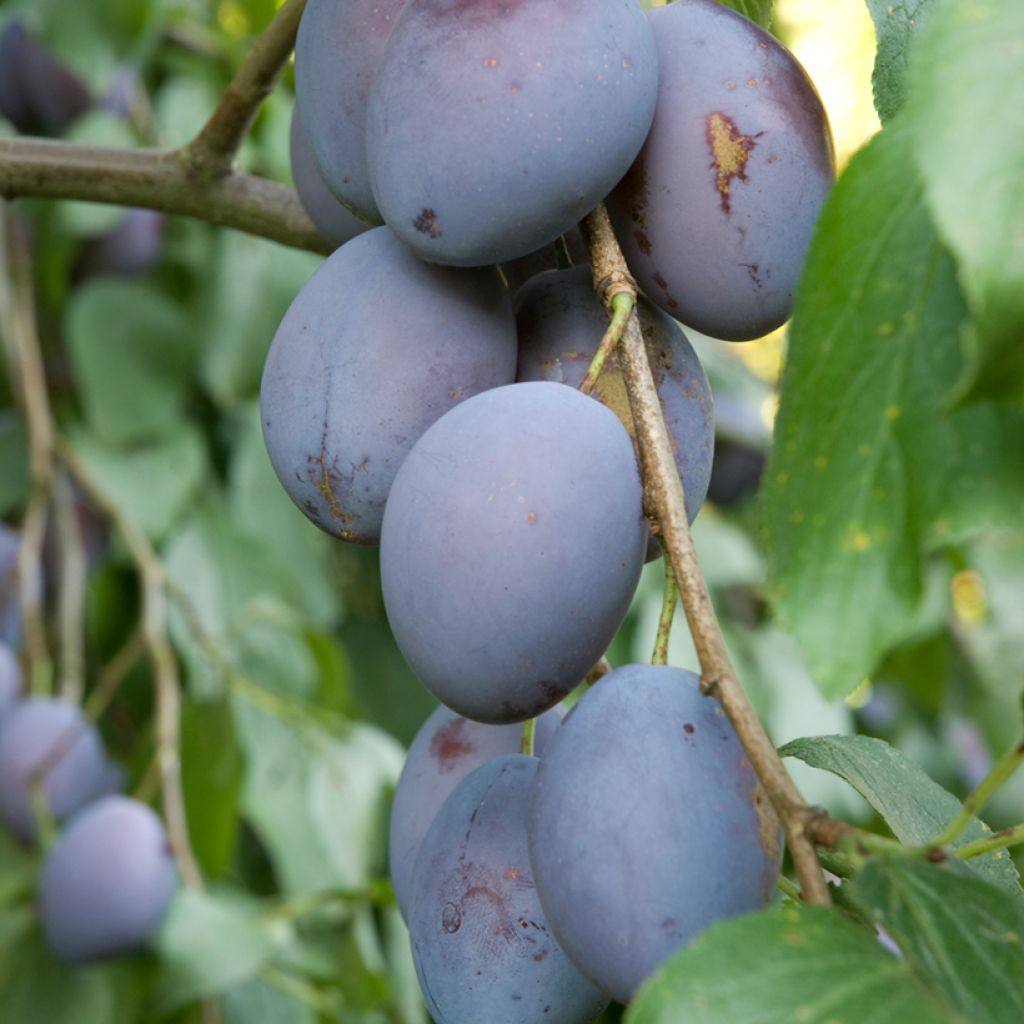

Prunus domestica Węgierka Dąbrowicka - Common plum
Prunus domestica Węgierka Dąbrowicka - Common plum
Prunus domestica Węgierka Dąbrowicka
Plum, European Plum
Special offer!
Receive a €20 voucher for any order over €90 (excluding delivery costs, credit notes, and plastic-free options)!
1- Add your favorite plants to your cart.
2- Once you have reached €90, confirm your order (you can even choose the delivery date!).
3- As soon as your order is shipped, you will receive an email containing your voucher code, valid for 3 months (90 days).
Your voucher is unique and can only be used once, for any order with a minimum value of €20, excluding delivery costs.
Can be combined with other current offers, non-divisible and non-refundable.
Home or relay delivery (depending on size and destination)
Schedule delivery date,
and select date in basket
This plant carries a 6 months recovery warranty
More information
We guarantee the quality of our plants for a full growing cycle, and will replace at our expense any plant that fails to recover under normal climatic and planting conditions.
Description
Prunus Węgierka Dąbrowicka is a Polish variety of Plum widely grown in orchards. It is interesting for its abundant, but often irregular, biennially bearing. It produces relatively large, navy blue fruits with a hint of purple. The yellowish-green flesh is sweet and easily separates from the stone. Flowering in April, harvesting takes place as early as August. A medium-sized fruit tree, easy to grow, not very susceptible to diseases, but requiring a companion plant as it is not self-fertile.
The Prunus genus, rich in 300 species of both fruit and ornamental trees, belongs to the vast Rosaceae family (around 5000 species). This family hosts most of our cultivated fruit trees, as well as many wild plants in our countryside, and numerous ornamental plants (Rhaphiolepis, Photinia, Exochorda...). The Common Plum, or Prunus domestica, likely originates from a cross between the Blackthorn (P. spinosa) and the Cherry Plum (P. cerasifera). It is native to Anatolia and the Caucasus, where it grows up to 1300 m altitude, forming a tree up to 8 to 10 m tall, with brittle branches and elongated, reddish or purple fruits. It has been extensively cultivated and improved in Western Asia, notably in Syria, where the Damson Plums were highly valued by the Romans. It is believed to have been introduced to Europe during the Crusades.
'Węgierka Dąbrowicka' is a Polish variety selected in 1962 by A. Jackiewiczowa at the Horticultural Institute of Skierniewice, in the central part of the country. A medium-sized tree, this Plum tree reaches approximately 5 m in height and 4 m in spread, with a moderately dense to dense, more or less spherical crown. It has a moderate growth rate and bears fruit early, usually from the 2nd year. Flowering occurs in April, shortly before the new leaves emerge. The small, 1.5 to 2 cm diameter flowers, are single, composed of 5 rounded, pure white petals, highlighted by the rust-orange heart of the corolla, from which a cluster of white stamens with yellow tips emerge. they are honey-producing and delight pollinating insects. The young, beautiful light green leaves, appear before the end of flowering, growing up to 8 to 10 cm in length, taking on an elongated elliptical shape as they turn from light to medium to dark green. Not self-fertile, the flowers need to be pollinated by pollen from other varieties, among which the most compatible are 'Cacanska Rana', 'Renkloda Ulena', 'Opal', 'Węgierka Łowicka', 'Empress', 'Cacanska Najbolja', 'Amers', 'Bluefree', 'Herman', 'Ruth Gerstetter'... A tree of one of these varieties should be planted nearby for a successful harvest. In this case, the fruiting will often be abundant, although, especially in poor soil, heavy harvests may lead to lower yields the following year, as this variety tends to alternate. From August, the plums are ready to be harvested. Fairly large, weighing 30 to 35 g and up to 40 g in fertile soil, the fruits have a dark navy blue skin, with a surface bloom. Their yellowish-green flesh is sweet and tangy, easily separating from the stone. These succulent plums can be eaten fresh or used for making jams or preserves. Fresh plums are low in calories (45 kcal/100 g) and have a low glycemic index. Dried plums have 260 kcal/100 g. Due to their alkalising compounds that neutralise excess digestive acids, dried plums can be beneficial in dishes that are hard to digest.
Prunus Węgierka Dąbrowicka is an easy-to-grow variety, best suited to sunny locations in moist, well-drained, fertile soil to reduce its biennial bearing tendency. It will find a place in an orchard where you can plant it alongside other fruit trees like Apple trees and Pear trees, choosing staggered ripening varieties to extend the harvest season. Also, consider soft fruits like Redcurrants and Raspberries to diversify your harvest as summer approaches.
Plant habit
Fruit
Flowering
Foliage
Botanical data
Prunus
domestica
Węgierka Dąbrowicka
Rosaceae
Plum, European Plum
Cultivar or hybrid
Other Plum Trees
View all →Planting and care
Easy to grow Plum Tree 'Węgierka Dąbrowicka' thrives in light, rich soils, preferably neutral or slightly chalky and moist, without excess humidity. If the soil is too acidic, a soil improver will be needed to raise the pH level. Ensure proper drainage in the planting hole with a thin layer of gravel. Dig a hole two to three weeks before planting, twice as wide and deep as the pot. On the day of planting, place the tree with its pot in a basin of water to moisten the entire root ball. Add compost to the bottom of the hole, then place the root ball in it, backfill with soil mixed with compost. Be careful not to bury the graft union (if grafted at the base). Water generously to compact the soil. In winter, you can add a small scoop of wood ash, rich in potash, to enhance fruiting.
Planting period
Intended location
Care
Planting & care advice
This item has not been reviewed yet - be the first to leave a review about it.
Haven't found what you were looking for?
Hardiness is the lowest winter temperature a plant can endure without suffering serious damage or even dying. However, hardiness is affected by location (a sheltered area, such as a patio), protection (winter cover) and soil type (hardiness is improved by well-drained soil).

Photo Sharing Terms & Conditions
In order to encourage gardeners to interact and share their experiences, Promesse de fleurs offers various media enabling content to be uploaded onto its Site - in particular via the ‘Photo sharing’ module.
The User agrees to refrain from:
- Posting any content that is illegal, prejudicial, insulting, racist, inciteful to hatred, revisionist, contrary to public decency, that infringes on privacy or on the privacy rights of third parties, in particular the publicity rights of persons and goods, intellectual property rights, or the right to privacy.
- Submitting content on behalf of a third party;
- Impersonate the identity of a third party and/or publish any personal information about a third party;
In general, the User undertakes to refrain from any unethical behaviour.
All Content (in particular text, comments, files, images, photos, videos, creative works, etc.), which may be subject to property or intellectual property rights, image or other private rights, shall remain the property of the User, subject to the limited rights granted by the terms of the licence granted by Promesse de fleurs as stated below. Users are at liberty to publish or not to publish such Content on the Site, notably via the ‘Photo Sharing’ facility, and accept that this Content shall be made public and freely accessible, notably on the Internet.
Users further acknowledge, undertake to have ,and guarantee that they hold all necessary rights and permissions to publish such material on the Site, in particular with regard to the legislation in force pertaining to any privacy, property, intellectual property, image, or contractual rights, or rights of any other nature. By publishing such Content on the Site, Users acknowledge accepting full liability as publishers of the Content within the meaning of the law, and grant Promesse de fleurs, free of charge, an inclusive, worldwide licence for the said Content for the entire duration of its publication, including all reproduction, representation, up/downloading, displaying, performing, transmission, and storage rights.
Users also grant permission for their name to be linked to the Content and accept that this link may not always be made available.
By engaging in posting material, Users consent to their Content becoming automatically accessible on the Internet, in particular on other sites and/or blogs and/or web pages of the Promesse de fleurs site, including in particular social pages and the Promesse de fleurs catalogue.
Users may secure the removal of entrusted content free of charge by issuing a simple request via our contact form.
The flowering period indicated on our website applies to countries and regions located in USDA zone 8 (France, the United Kingdom, Ireland, the Netherlands, etc.)
It will vary according to where you live:
- In zones 9 to 10 (Italy, Spain, Greece, etc.), flowering will occur about 2 to 4 weeks earlier.
- In zones 6 to 7 (Germany, Poland, Slovenia, and lower mountainous regions), flowering will be delayed by 2 to 3 weeks.
- In zone 5 (Central Europe, Scandinavia), blooming will be delayed by 3 to 5 weeks.
In temperate climates, pruning of spring-flowering shrubs (forsythia, spireas, etc.) should be done just after flowering.
Pruning of summer-flowering shrubs (Indian Lilac, Perovskia, etc.) can be done in winter or spring.
In cold regions as well as with frost-sensitive plants, avoid pruning too early when severe frosts may still occur.
The planting period indicated on our website applies to countries and regions located in USDA zone 8 (France, United Kingdom, Ireland, Netherlands).
It will vary according to where you live:
- In Mediterranean zones (Marseille, Madrid, Milan, etc.), autumn and winter are the best planting periods.
- In continental zones (Strasbourg, Munich, Vienna, etc.), delay planting by 2 to 3 weeks in spring and bring it forward by 2 to 4 weeks in autumn.
- In mountainous regions (the Alps, Pyrenees, Carpathians, etc.), it is best to plant in late spring (May-June) or late summer (August-September).
The harvesting period indicated on our website applies to countries and regions in USDA zone 8 (France, England, Ireland, the Netherlands).
In colder areas (Scandinavia, Poland, Austria...) fruit and vegetable harvests are likely to be delayed by 3-4 weeks.
In warmer areas (Italy, Spain, Greece, etc.), harvesting will probably take place earlier, depending on weather conditions.
The sowing periods indicated on our website apply to countries and regions within USDA Zone 8 (France, UK, Ireland, Netherlands).
In colder areas (Scandinavia, Poland, Austria...), delay any outdoor sowing by 3-4 weeks, or sow under glass.
In warmer climes (Italy, Spain, Greece, etc.), bring outdoor sowing forward by a few weeks.






























